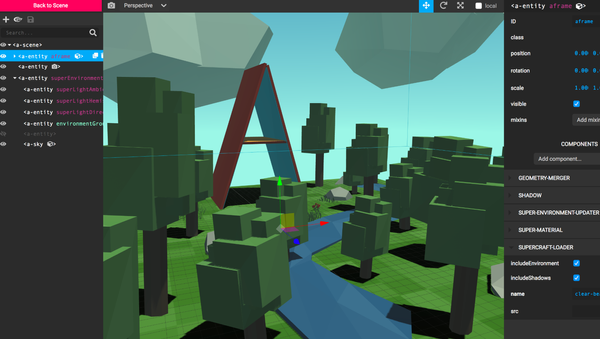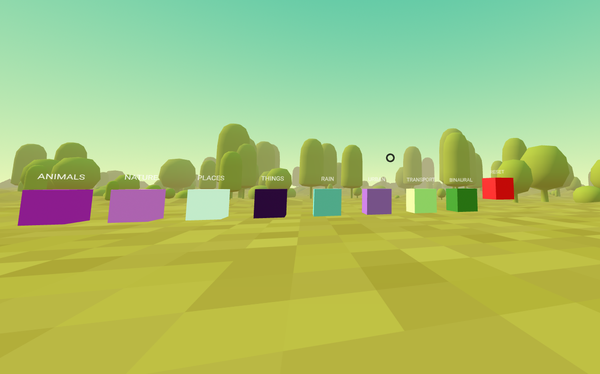is jQuery Dead? Staying Ahead of the Game: Embracing or Abandoning jQuery in 2024!
Table of Content
jQuery, once a dominant tool in web development, has seen a decline in popularity over the years. However, it is important to note that jQuery is not completely "dead" in the sense that it is still widely used in many existing websites and projects. While new frameworks and libraries have emerged, jQuery continues to have a significant presence in the web development community.
Its simplicity and ease of use make it a viable option for developers who prefer a more straightforward approach. Additionally, many legacy systems and projects still rely on jQuery, which contributes to its continued usage. So, while its popularity may have diminished, jQuery remains a relevant and valuable tool in the web development landscape.
Here, in this post we will go thru why jQuery was a popular framework, why it is declining, and best alternatives.
Why using jQuery?
However, its role and necessity have changed over time due to various factors:
- Modern Browser Consistency: One of the primary reasons for jQuery's popularity was its ability to smooth out browser inconsistencies, making it easier for developers to write cross-browser compatible code. With modern browsers becoming more consistent in implementing web standards, this need has diminished.
- Vanilla JavaScript Improvements: JavaScript (ECMAScript) has evolved significantly, incorporating many features that jQuery offered, such as query selectors, animations, and AJAX calls. This evolution has reduced the necessity for an external library like jQuery for many common tasks.
- Performance Considerations: jQuery, being an additional library, adds to the load and execution time of web applications. With a growing emphasis on performance and speed, especially for mobile users, minimizing dependencies can be advantageous.
- Modern Frameworks and Libraries: The rise of modern front-end frameworks and libraries that offer more than just DOM manipulation (like React, Angular, and Vue.js) has led to a shift away from jQuery for new projects.
- Shift in Web Development Paradigms: The web development landscape has shifted towards more complex architectures like single-page applications (SPAs) and server-side rendering, which are better served by modern frameworks and libraries.
Despite these factors, jQuery is still relevant in maintaining and updating existing websites that use it. It's also a part of the WordPress core, which powers a significant portion of the web.
Drawbacks
While jQuery has been a popular and powerful tool in web development, there are several drawbacks associated with its use, especially in the context of modern web development:
- Performance Overhead: jQuery is an additional JavaScript file that browsers must download, parse, and execute. This can lead to slower page load times, particularly on mobile devices or in areas with slower internet connections. The performance overhead is more noticeable in larger applications or when only a small portion of the library's functionality is used.
- Redundancy with Modern JavaScript: Many features that jQuery simplified, such as DOM manipulation, event handling, and AJAX requests, are now natively supported in modern JavaScript (ECMAScript 2015 and later). As a result, using jQuery for these tasks can be redundant and unnecessary, adding extra bloat to the codebase.
- Encourages DOM-Centric Design: jQuery emphasizes direct manipulation of the DOM, which can lead to less maintainable and scalable code in large applications. This approach is different from the data-driven models used by modern frameworks like React, Vue.js, and Angular, which offer more structured and maintainable ways of building complex interfaces.
- Lesser Focus on Modern Development Paradigms: jQuery doesn’t fit well with modern application architectures like single-page applications (SPAs) and real-time web applications, which are better served by modern frameworks and libraries that offer more than just DOM manipulation.
- Learning Curve for New Developers: New developers might find it more beneficial to learn vanilla JavaScript and modern frameworks directly, rather than investing time in a tool that is being used less in new projects. This can make jQuery a less valuable skill for career development in the current job market.
- Compatibility Issues: While jQuery was originally created to smooth over browser inconsistencies, the rapid evolution of web browsers means that some older jQuery code might now face compatibility issues or conflicts with newer JavaScript features.
- Decreased Community Engagement: As newer technologies have emerged, the community and ecosystem around jQuery have become less active compared to those around modern frameworks and libraries. This shift can affect the availability of up-to-date resources, tutorials, and third-party plugins.
Despite these drawbacks, jQuery remains a viable tool for many projects, especially for maintaining existing applications that rely heavily on it. The decision to use jQuery should be based on the specific requirements and constraints of each project.
Top 5 Replacements for jQuery
- Vanilla JavaScript (ES6+): Modern JavaScript itself is the most direct replacement for jQuery, offering similar functionalities with querySelector, fetch API for AJAX, and more.
- React: Developed by Facebook, React is a powerful library for building user interfaces. It's component-based, making it great for building complex, interactive web applications.
- Vue.js: Known for its simplicity and ease of integration, Vue.js is a progressive JavaScript framework used for building UIs and single-page applications.
- Angular: A platform and framework for building single-page client applications using HTML and TypeScript, Angular is maintained by Google and offers a comprehensive solution with a wide range of features.
- Lodash: For those who primarily use jQuery for utility functions, Lodash offers a modern alternative with a wide range of utility functions that are modular, efficient, and performant.
It's important to note that the choice among these depends on the specific needs of the project and the developer's familiarity with the framework or library.
Do you need jQuery as a React, Vue or Angular Developer?
Short answer, no you do not need it.
Long answer, here is why:
In modern web development, especially when working with frameworks like React, Vue, or Angular, the need for jQuery is greatly diminished and often discouraged. Here’s why:
- Overlap in Functionality: React, Vue, and Angular are comprehensive frameworks or libraries that provide their own methods for DOM manipulation, state management, and reactivity. These are core functionalities for which jQuery was often used. Since these frameworks/libraries handle these tasks efficiently, introducing jQuery can be redundant.
- Virtual DOM vs. Actual DOM Manipulation: React and Vue use the concept of a Virtual DOM to improve performance and efficiency. jQuery, on the other hand, operates directly on the real DOM. Mixing jQuery's direct DOM manipulation with React's or Vue's virtual DOM can lead to unpredictable behavior and performance issues.
- Data Binding and State Management: Angular, Vue, and React have their own systems for data binding and state management. Using jQuery to manipulate the DOM can bypass these systems and potentially lead to difficult-to-track bugs and inconsistent application states.
- Performance Concerns: Adding jQuery as a dependency in a project that already uses React, Vue, or Angular can increase the application's size and load time, impacting performance, especially on mobile devices or in environments with slower internet connections.
- Community and Ecosystem: The communities around React, Vue, and Angular are very active, and there's a wealth of resources, libraries, and tools built specifically for these ecosystems. This reduces the need to rely on jQuery, as most functionalities can be achieved within the framework's ecosystem.
- Learning and Complexity: Using jQuery within these frameworks can add an unnecessary layer of complexity and might be confusing for developers, especially those new to the frameworks. It’s generally more beneficial to fully embrace the framework’s own best practices and methodologies.
Final Note
In summary, as a developer working with React, Vue, or Angular, you generally do not need jQuery. These modern frameworks and libraries are designed to cover the functionalities that jQuery provides, doing so in a way that is more in line with the latest web development practices. It's better to rely on the native capabilities and ecosystems of these frameworks for a more streamlined, efficient, and effective development process.










